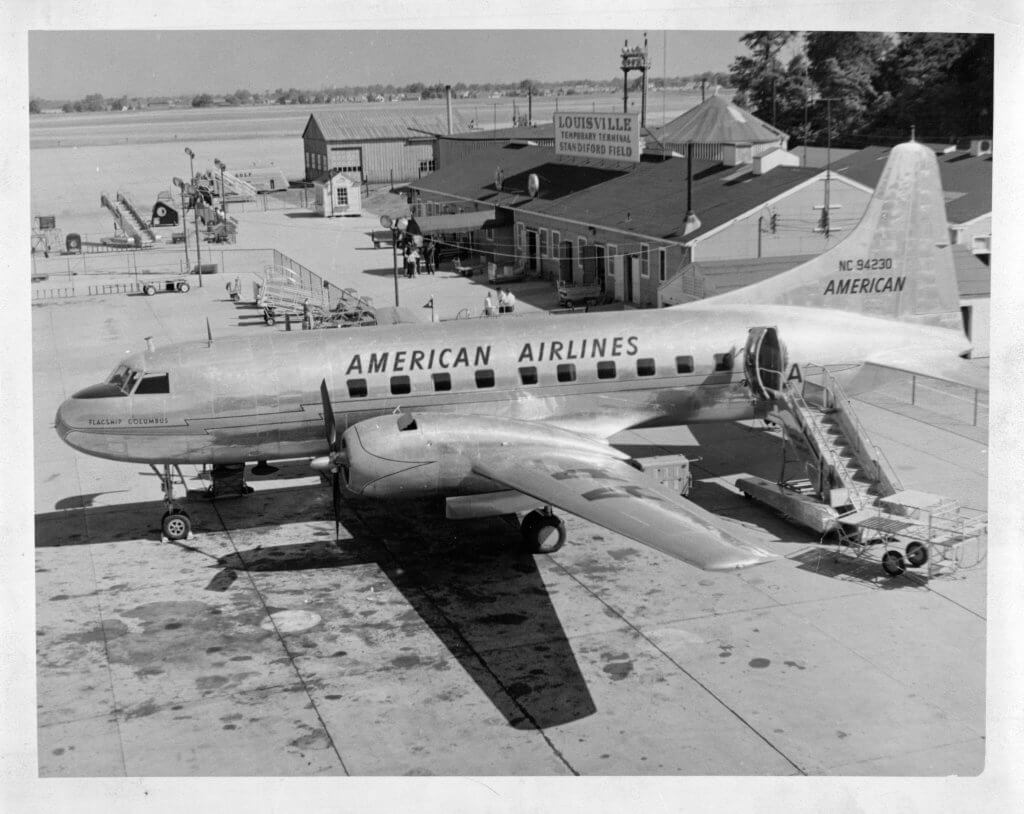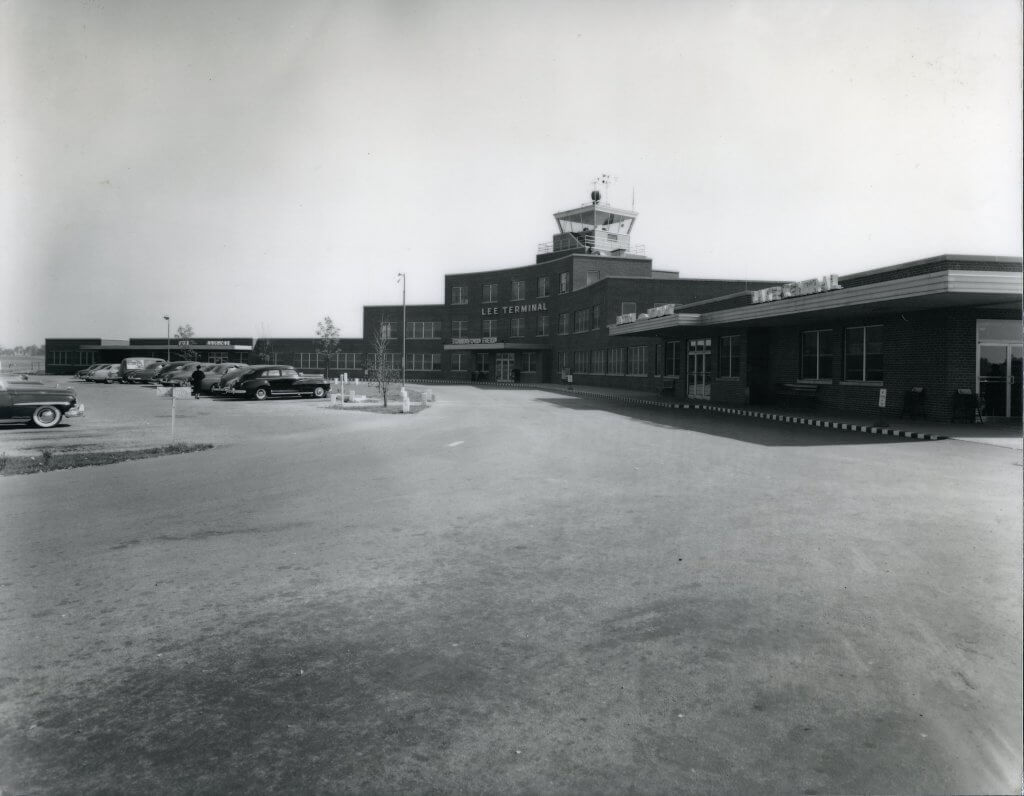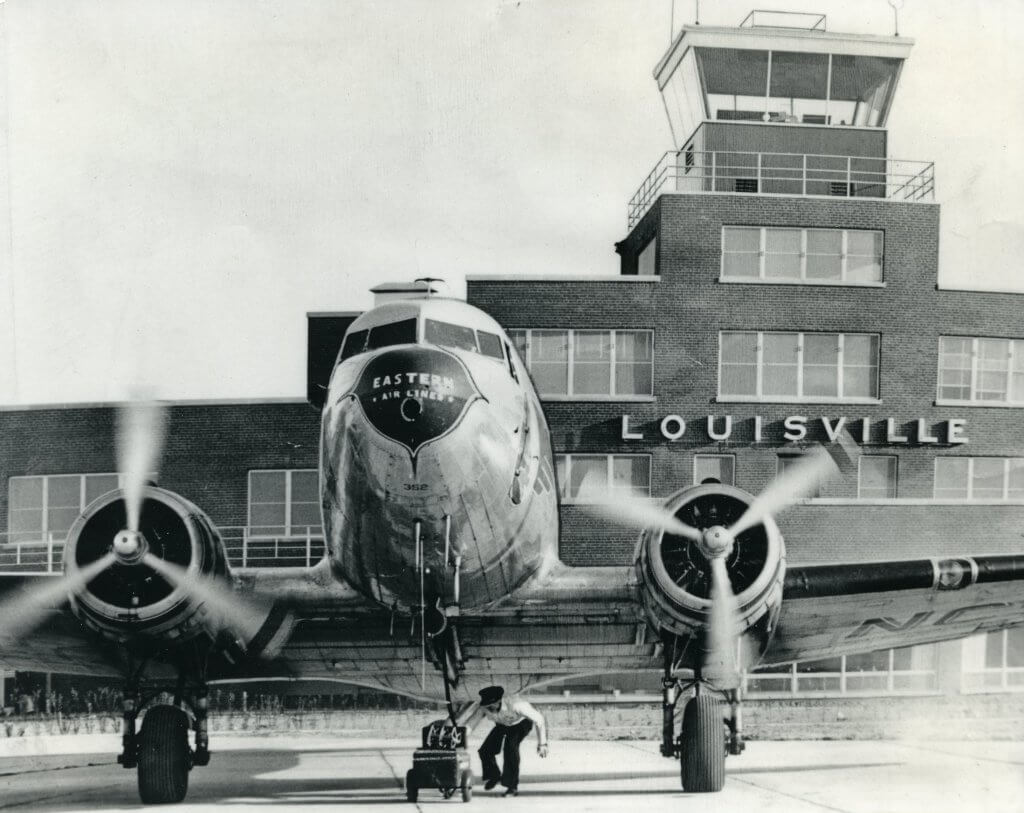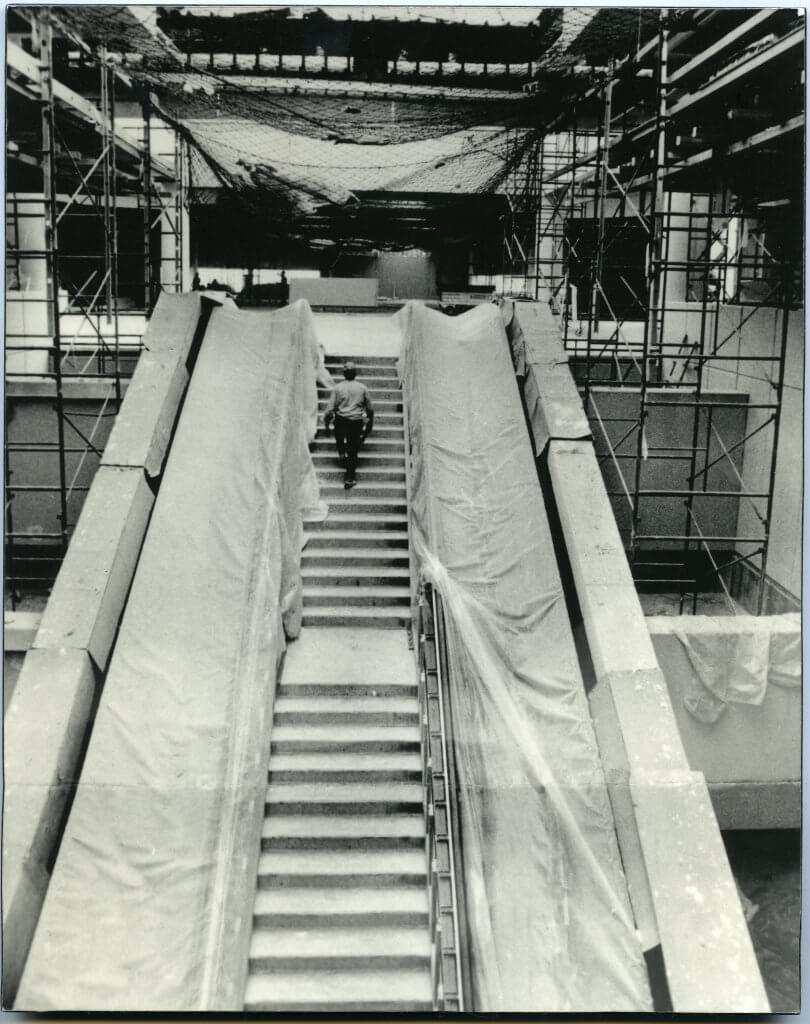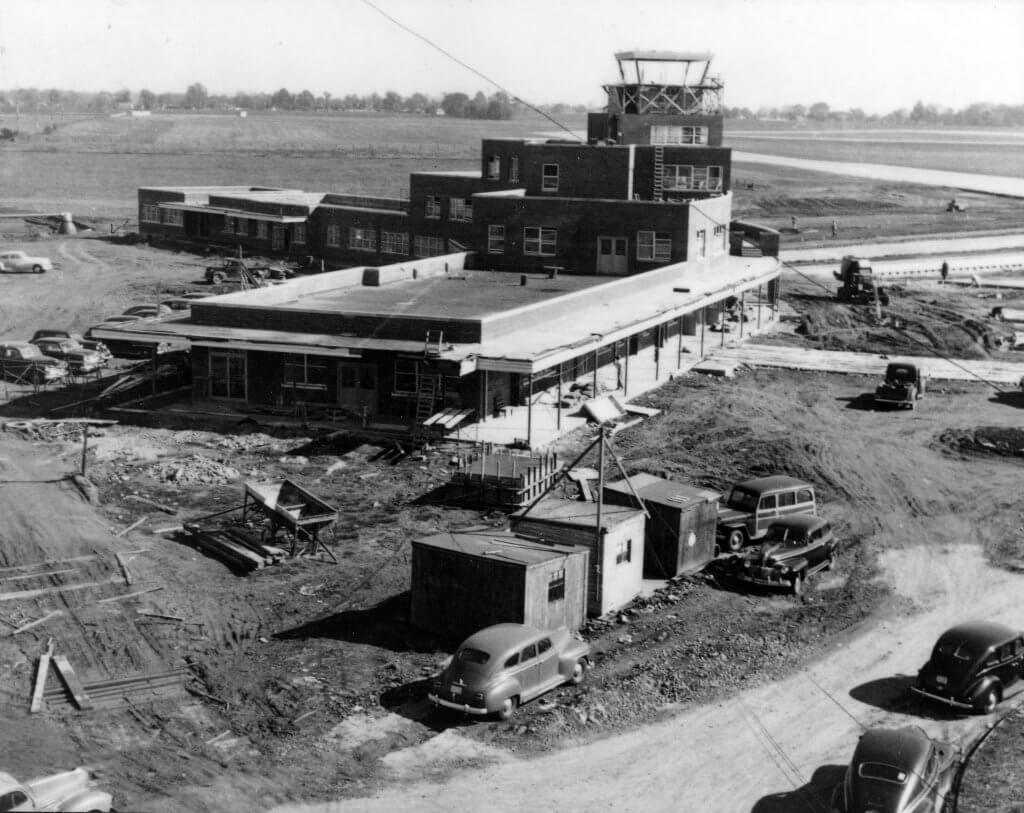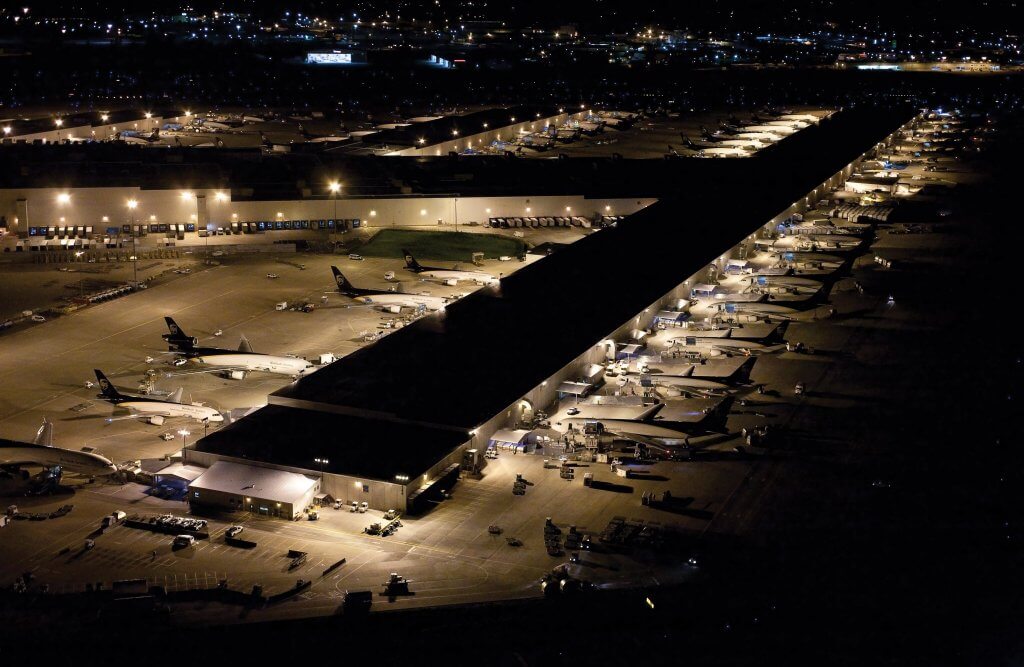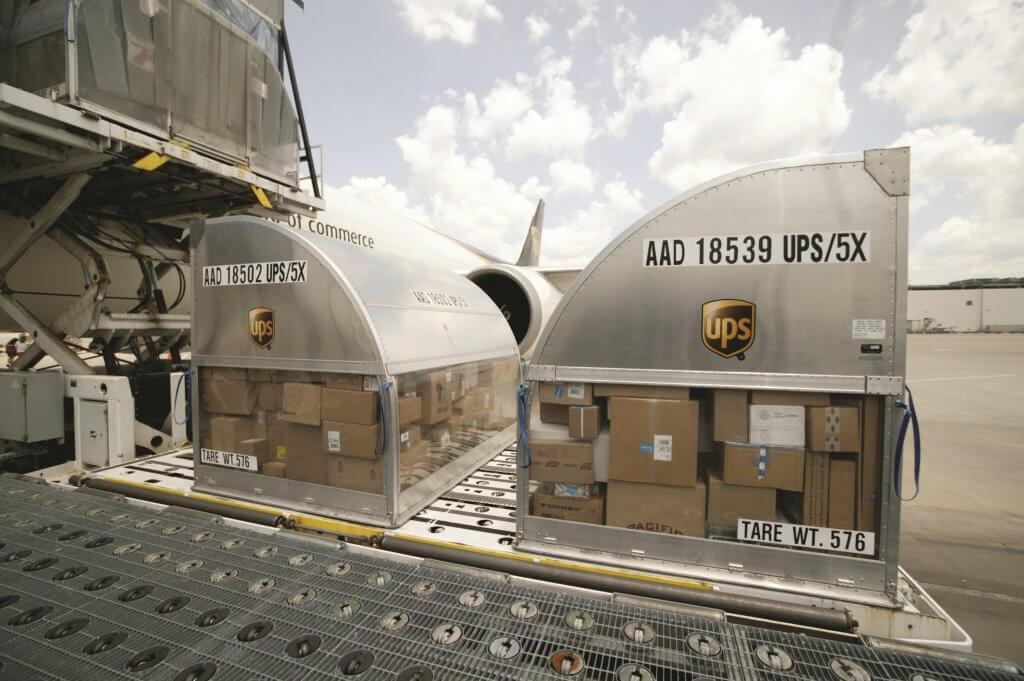In 1991, the Federal Aviation Administration (FAA) approved the expansion of Louisville Muhammad Ali International Airport as part of the Louisville Airport Improvement Program, which included the relocation of more than 4,000 people in 1,581 homes in Standiford, Prestonia, Highland Park and Tuberose, as well as 150 businesses on 100 business properties. Also at that time, the Airport Authority gave 136 homeowners in Edgewood an opportunity to participate in what became the Voluntary Residential Relocation Program.
Voluntary Residential Relocation Program
In 1994, the focus switched from an airport-expansion and noise-related relocation program to only a noise-related relocation program under the FAA Part 150 Program. Under that program, people living within the airport’s 65 DNL (day-night average sound level) were eligible for relocation. The FAA approved the program in 1994 to initially include the relocation of another 673 families in Ashton Adair and Edgewood. In 1995, the Airport Authority requested (and approval was granted) to change its focus from sound insulation to acquisitions in the Minors Lane area, which extended the relocation to an additional 1,064 families.
In 1997, the FAA approved expansion of the program to an additional 286 families in the balance of Edgewood and the neighborhoods along Preston Highway, bringing the total to 2,159 homes approved for acquisition in the Voluntary Residential Relocation Program.
Heritage Creek Program
The success in relocating families from noise-impacted areas created its own problems. By reducing the number of comparable homes in the local real estate market available for the airport-area families, fewer homes were available to buy and the price of homes in that price category rose faster than other homes in the market. Without a way to create comparable replacement housing, the noise mitigation program would have been unable to relocate as many families.
To address those issues, the Airport Authority, in conjunction with the FAA, developed an innovative housing program. The program was funded in 1997 and 1998 with an FAA Innovative Financing Grant for $10 million, matched with $10 million by the Authority. With those funds, the Authority purchased and developed the infrastructure on a 287- acre site, which became Heritage Creek. Under the Heritage Creek Program, the Airport Authority reimburses families to build new homes in Heritage Creek.
At the same time, the city of Minor Lane Heights was developing legislation to allow it to move away from the airport to a new location in Jefferson County. The Kentucky General Assembly approved the move, and in 1999 the city of Minor Lane Heights officially annexed the Heritage Creek area for its new city.
Reuse of Land is a Success
The land acquired for airport expansion was repurposed and is now known as the Louisville Renaissance Zone Corporation. This ideal location became home of the Louisville Renaissance South Business Park, an area featuring 13 businesses and approximately 3,200 employees with 6.7 million square feet under roof that promotes economic growth and airport-compatible redevelopment. Click here to learn more about the Louisville Renaissance Zone Corporation.

